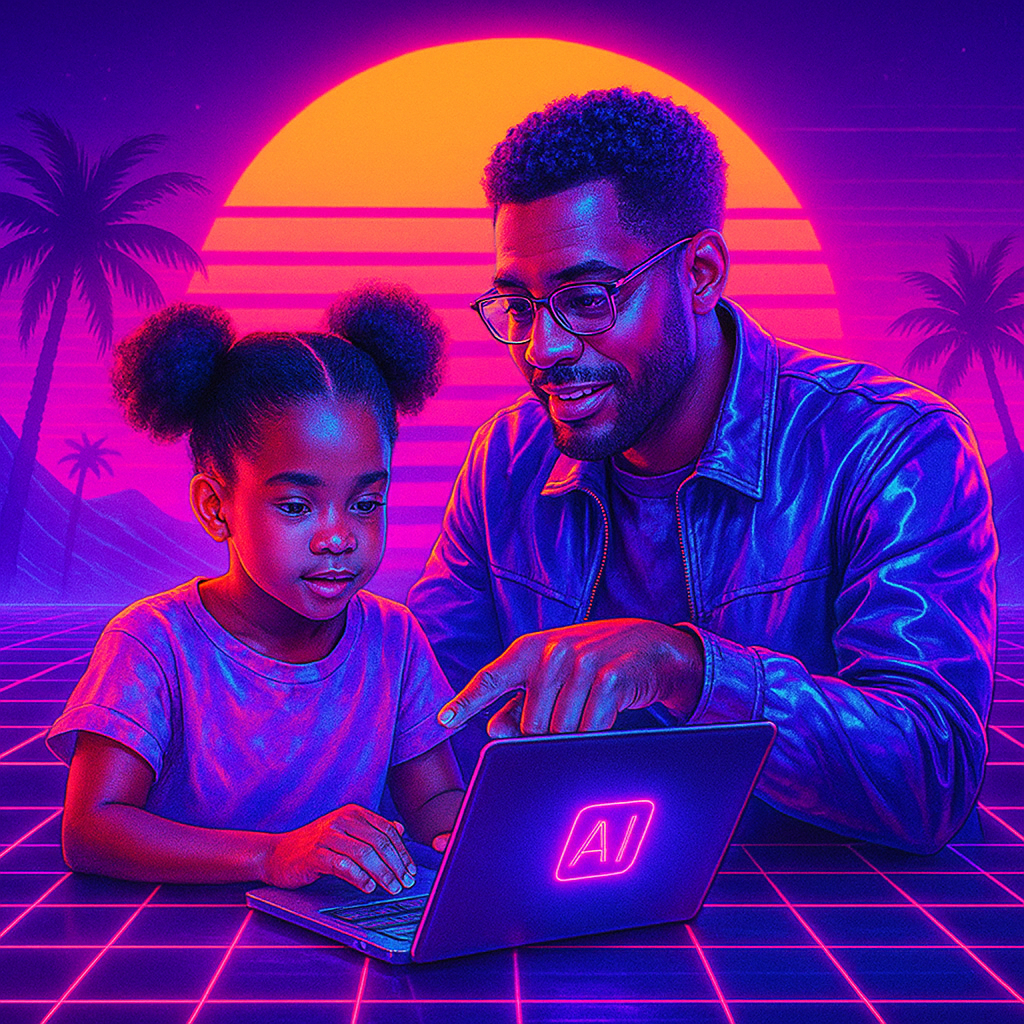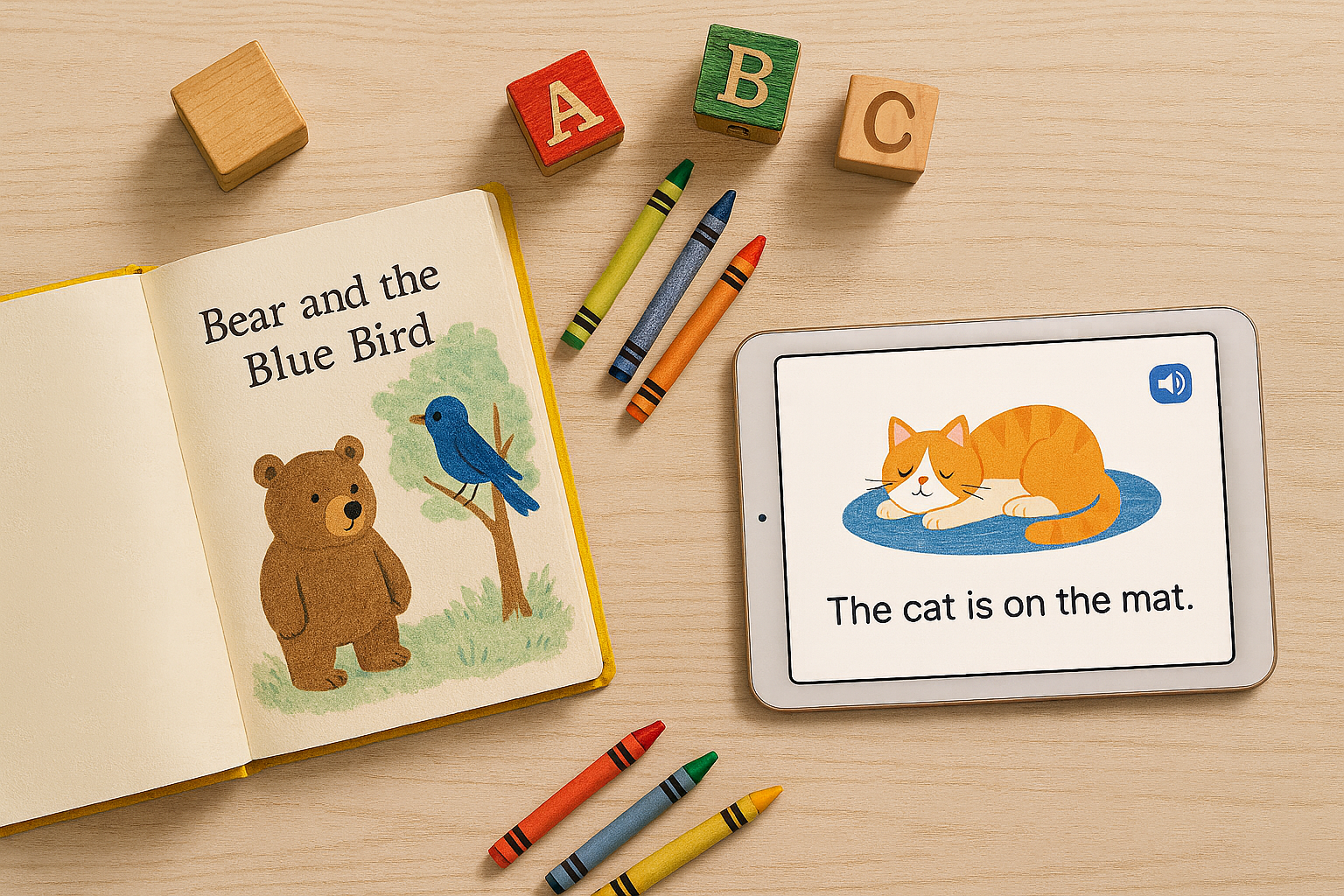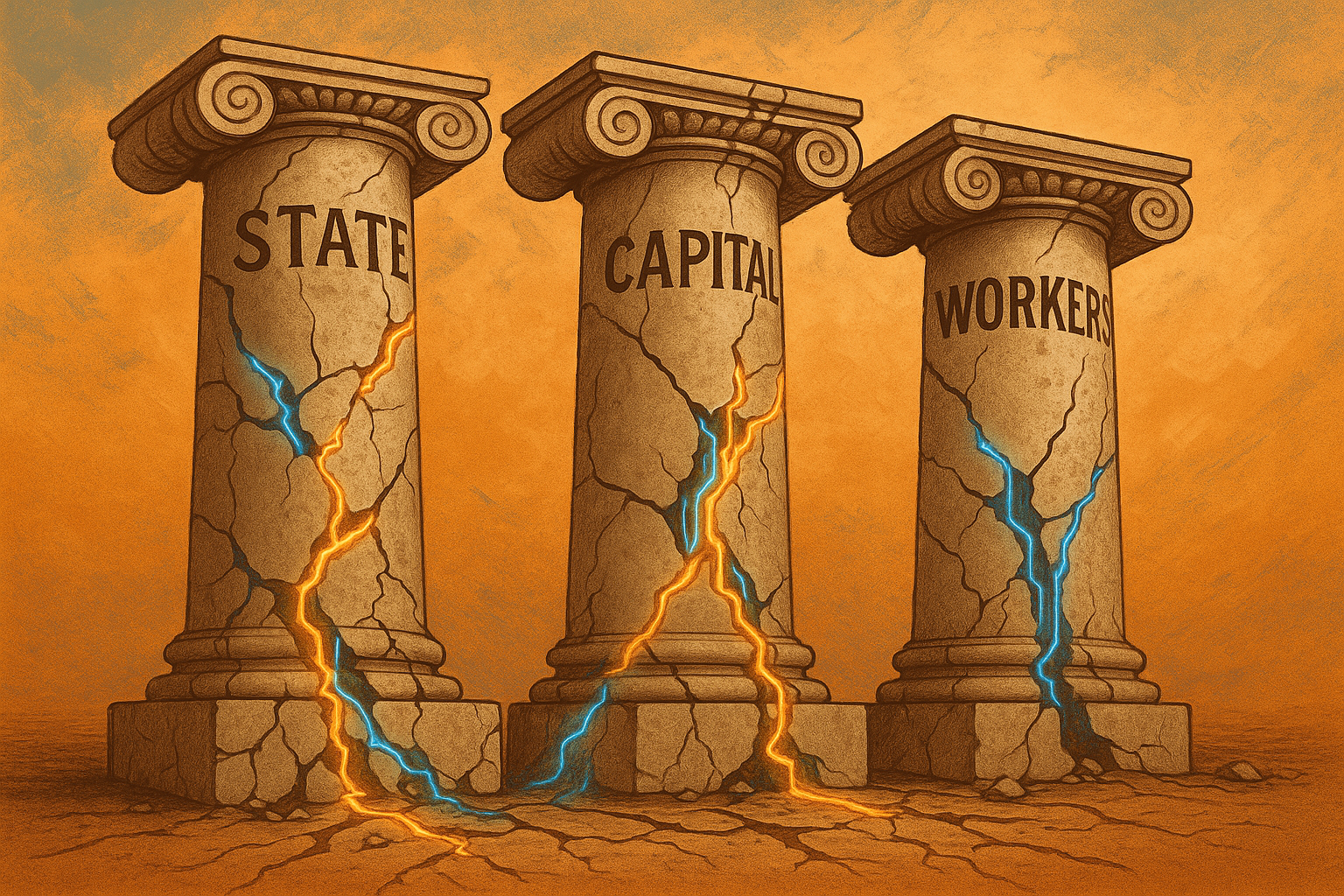Her Career: Coming Soon, Not Here

Last week, while watching my 5-year-old daughter FaceTime her grandmother showcasing her latest artwork, the timeless question arrived: 'Are you going to be an artist when you grow up?' My gut reaction was 'sure, that sounds nice'—that automatic response we give while mentally calculating college tuition given where we are with inflation. But as I watched her explain her creative process with the same authority she uses to negotiate ice cream, a different thought emerged: What does 'artist' even mean in 2040? What does any career mean? Because by the time she enters the workforce, the traditional career ladder won't just be different—its first rung might not exist at all.
After 18 months of experimenting with and deploying AI tools, I've witnessed a trend every parent needs to understand. Entry-level jobs—those crucial stepping stones where we learned office dynamics, industry language, and foundational skills through rookie mistakes—are vanishing. We're witnessing a 38% drop in entry-level positions in just one year, with major tech companies cutting entry-level hires by 50% between 2019 and 2024.
As a systems engineer with 15+ years in the field, I've watched this transformation accelerate from distant possibility to immediate reality. Tasks that once took my team days now take hours with AI assistance—and the quality often improves dramatically. But here's what keeps me up at night: if AI handles the "grunt work" that taught my generation critical thinking, how will my daughters learn those same lessons?
The Experience Paradox
I'm seeing something firsthand that economic data confirms: the "experience paradox." Job postings labeled "entry-level" now demand 3-5 years of experience and proficiency in AI tools that didn't exist two years ago. It's like asking someone to conduct an orchestra without ever learning an instrument.
This isn't just about job scarcity—it's about disrupting how people develop expertise. That tedious "grunt work" we complained about? That was our training ground. The Edison Engineering Development Program I completed from 2009 to 2011—GE's 2-year rotational program—required mind-numbing 20+ page weekly reports. Those repetitive analyses taught pattern recognition, attention to detail, and industry context that no classroom could provide.
But here's where optimism enters: while the traditional path crumbles, a new one emerges where becoming an AI practitioner—not just a user—becomes the differentiator.
The AI Practitioner Mindset
When preparing my daughters for this future, I don't envision them competing against AI; I see them wielding it as a superpower. The ability to leverage AI to amplify human creativity and productivity beyond what either could achieve alone is the goal.
Here's what I've learned: the tools themselves become obsolete every few months, but the meta-skill of rapidly mastering new AI systems endures. Recently, I tried implementing a requirement decomposition workflow using the CrewAI framework. After using prompt engineering to create an implementation plan, I assumed Claude Code would execute it perfectly. Instead, I got a customized workflow without any CrewAI framework. The lesson? Humans in the loop yield better outcomes, but practitioners who understand systems and frameworks can effectively guide these tools.
This is why I plan on teaching my 5-year-old not just to use technology, but to question it. When using AI for help with homework assignments, instead of accepting the outputs, question them: "Why did the computer give that answer?" "What would happen if we asked it differently?" These aren't just cute exercises—they're building the critical thinking muscles she'll need to be an AI practitioner rather than a passive consumer.
Why Human Networks Matter More Than Ever
Counter-intuitively, as AI eliminates traditional career paths, human networks become more valuable. When one person with AI can accomplish what once required a team, the ability to build meaningful professional relationships becomes essential.
The thriving engineers in my field aren't necessarily the most technically skilled—they're the translators between AI capabilities and human needs. They understand that behind every automated system lies a human problem requiring a solution.
This drives my focus on teaching my daughters compound skills:
Storytelling: Making complex ideas accessible
Empathy: Understanding underlying needs, not just stated requests
Collaborative problem-solving: Working with both people and AI
Ethical reasoning: Navigating gray areas where AI struggles
Your AI Practitioner Toolkit
Based on my experience, here's a practical framework for preparing for this future:
1. Choose Core Tools Wisely
Pick 2-3 tools aligned with your domain and go deep. True expertise in a few tools beats surface knowledge of many. Choose tools with:
Regular updates and strong communities
API/integration capabilities
Clear documentation
2. Develop AI Intuition
Understand not just what AI can do, but what it should do. Ask yourself:
What tasks genuinely benefit from human judgment?
Where does augmentation end and replacement begin?
How can I validate AI outputs in my domain?
3. Build Learning Systems
The half-life of AI knowledge is months, not years. Create continuous learning loops:
Weekly experimentation time with new features
Active participation in practitioner communities
Document and teach what you learn
4. Invest in Timeless Human Skills
While technical skills evolve rapidly, certain human capabilities become more valuable:
Critical thinking and assumption validation
Creative synthesis across domains
Emotional intelligence for team dynamics
Ethical judgment in complex situations
The Path Forward
Yes, the traditional career ladder is breaking. But every technological shift creates new forms of human value. When spreadsheets arrived, accountants became financial analysts. When CAD emerged, drafters became design engineers. The pattern isn't replacement—it's elevation.
Our task is preparing for this elevation. It means teaching our children to be questioners, not just answerers. It means building networks based on mutual growth. Most importantly, it means shaping how these tools serve humanity.
Start Here: Essential Tools
After seeing 3-5x productivity gains in my engineering project work, here are the tools I recommend:
Core LLMs: Claude (UI/writing), ChatGPT (general purpose), Gemini (research). Pick one as your primary and learn it deeply.
Research: Gemini Deep Research for comprehensive reports; NotebookLM for document synthesis.
Development: Claude Code and Gemini CLI for complex systems; Replit for rapid prototyping.
Advanced: CrewAI for orchestrating multiple AI agents on complex problems.
Pro tip: Start with one LLM and one coding tool. Use them daily for 30 days. The goal isn't collecting tools—it's developing the practitioner mindset.
Your Next Steps
Pick one AI tool relevant to your field—commit to 30 minutes daily
Start a learning journal documenting what works and why
Share experiments with your network
Teach someone what you've learned
The future my daughters inherit won't be determined by AI alone—it will be shaped by how we integrate, govern, and humanize these tools. The first rung may be gone, but we're building something better: a web of connections, skills, and capabilities that no technology can replicate.
In a world where machines can do and think, our uniquely human ability to care, connect, and create meaning becomes our greatest differentiator. And that's a future worth building.
What skills are you developing to become an AI practitioner? Reach out and share.



